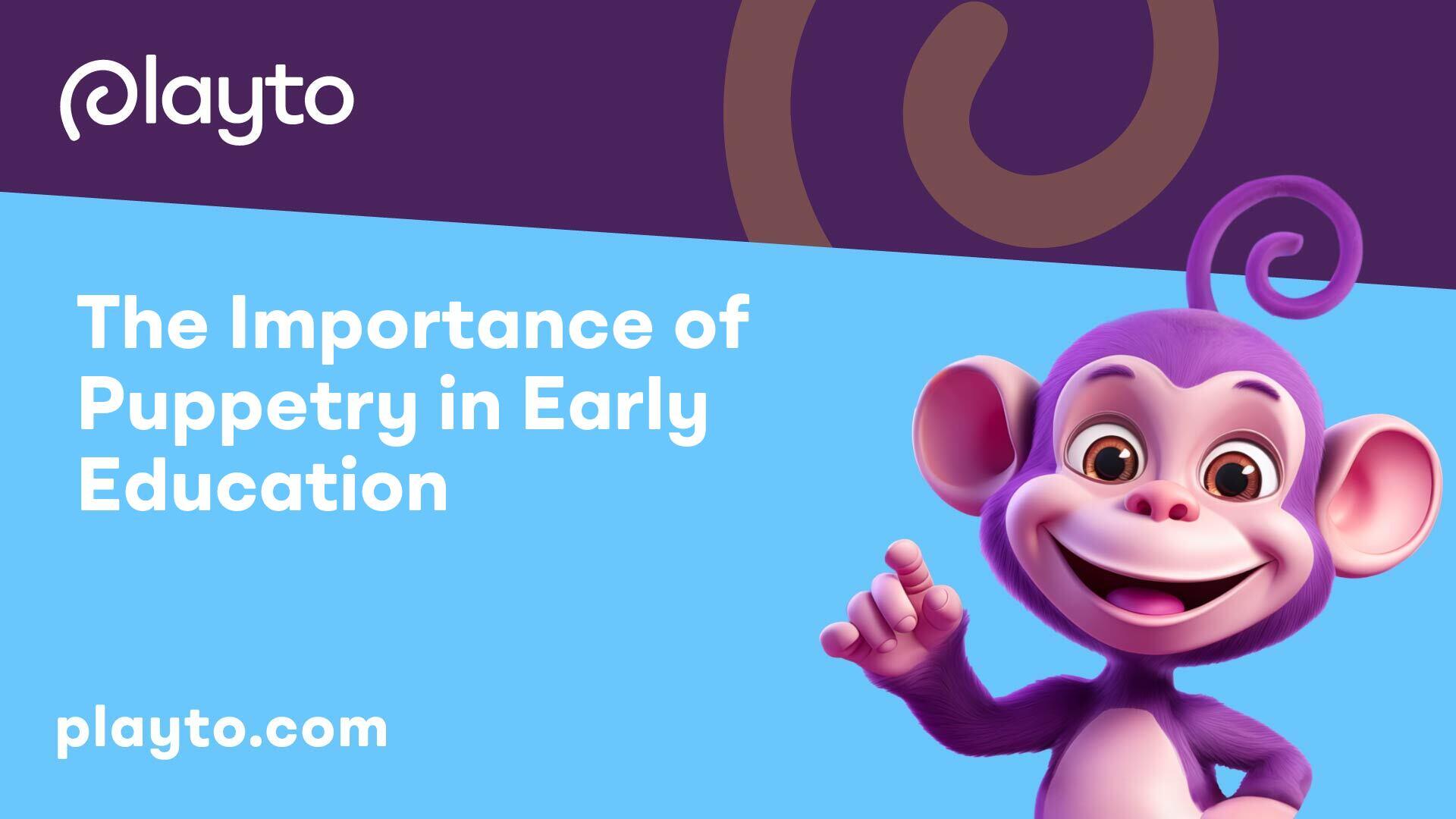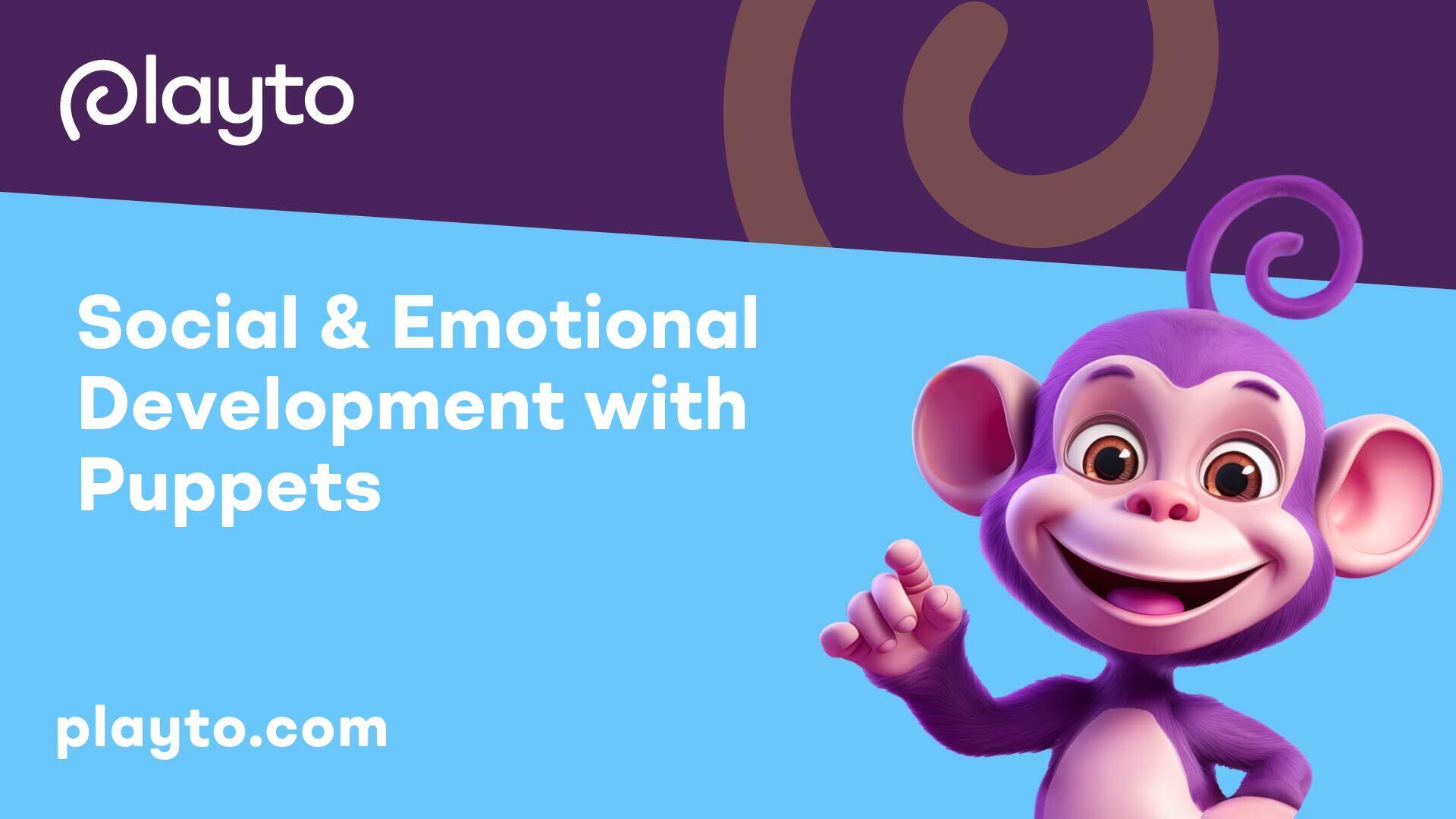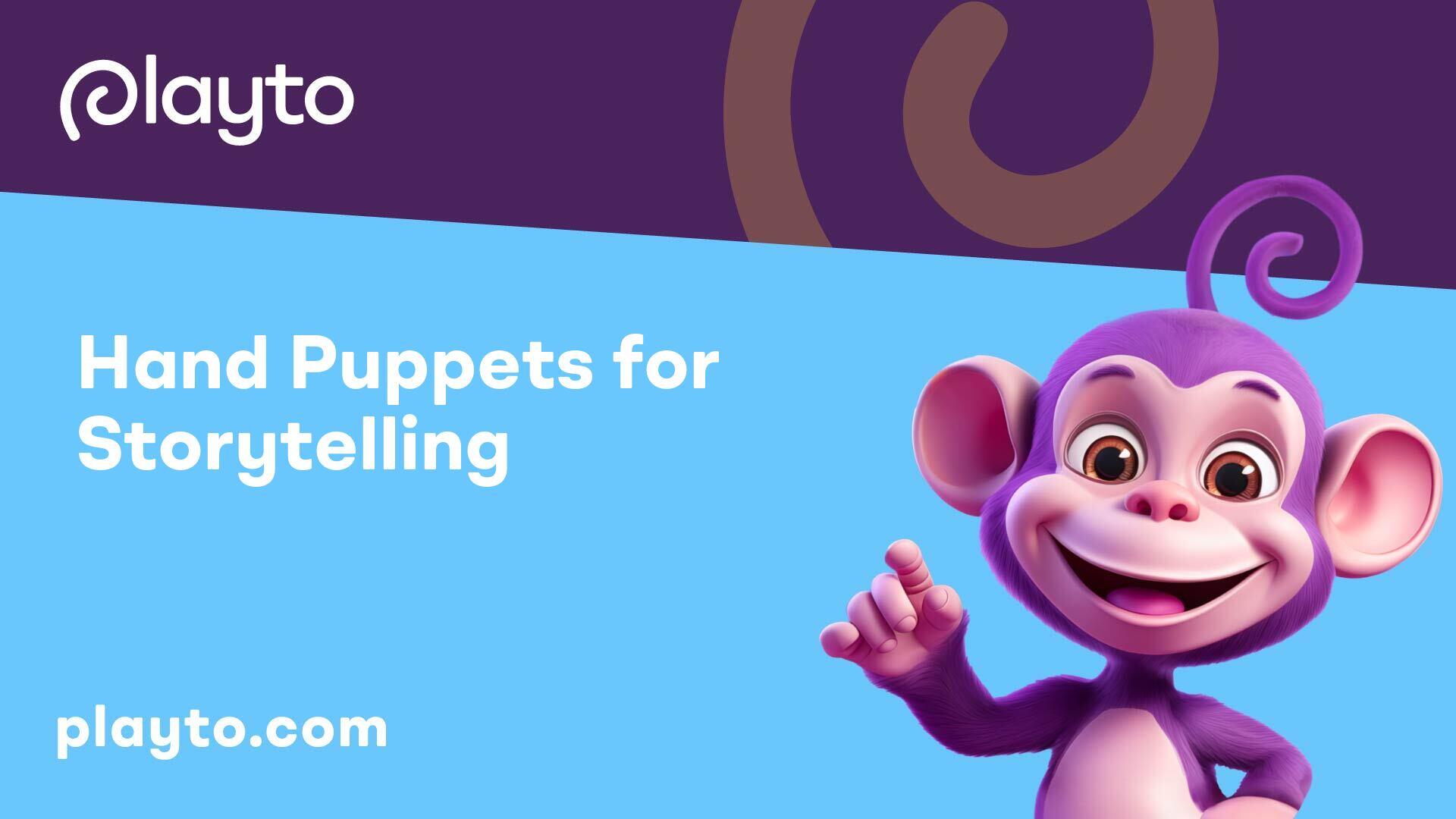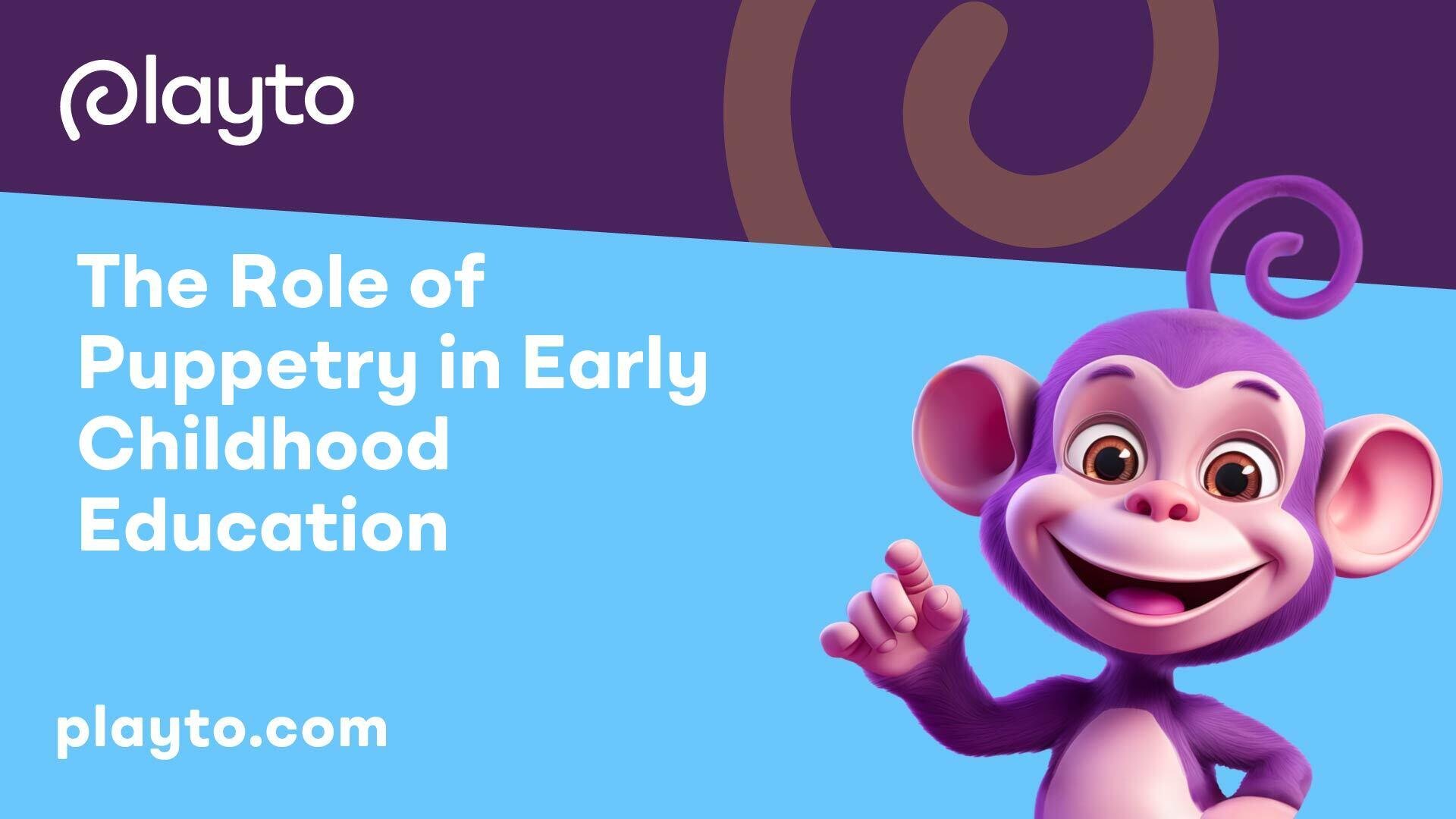
The Importance of Puppetry in Early Education
In the realm of early childhood education, the utilization of puppets holds significant importance in fostering various developmental aspects in young learners. The benefits of incorporating puppetry in early education extend to language skills, literacy enhancement, creativity, social awareness, emotional development, and more. Let's delve into the specific advantages related to language skills and literacy development through puppetry.
Benefits of Puppetry in Language Skills
Playing with puppets in early childhood education has been shown to have a profound impact on language skills. Research has indicated that engaging with hand puppets can enhance listening skills, boost self-confidence, and increase word recognition and vocabulary among children. By interacting with puppets, children are encouraged to communicate, express themselves, and actively participate in storytelling scenarios. This interactive engagement not only stimulates language development but also nurtures creativity and imagination.
Enhancing Literacy Through Puppetry
Hand puppets play a pivotal role in developing strong literacy skills in young children. Through the use of hand puppets, children are motivated to participate actively in storytelling sessions, thus promoting engagement and comprehension of narratives. The imaginative play facilitated by hand puppets helps in creating a dynamic learning environment, fostering social and emotional development, and ultimately leading to improved literacy outcomes. As children act out stories, characters, and scenes with puppets, they enhance their vocabulary, creative thinking, and narrative skills [1].
The incorporation of puppetry in early education settings provides a multi-dimensional approach to language development and literacy enhancement. By integrating puppetry into educational practices, educators can nurture communication skills, encourage storytelling abilities, and create a vibrant learning atmosphere that empowers young learners to engage with language in a meaningful and enjoyable manner.

Social & Emotional Development with Puppets
In the realm of early childhood education, the utilization of puppets plays a vital role in nurturing social and emotional development in young learners. Through interactions with hand puppets and peers, children are provided with a unique platform to enhance empathy, communication, and build meaningful relationships.
Fostering Empathy and Communication
Puppets serve as powerful tools for fostering empathy and enhancing communication skills among children. By engaging with puppets in various scenarios, kids are encouraged to step into different perspectives, understand diverse emotions, and develop a deeper sense of empathy towards others. This practice not only cultivates emotional intelligence but also nurtures a sense of compassion and understanding within the learning environment.
Utilizing puppets in communication exercises can also help children express their thoughts, feelings, and narratives more freely. Puppets act as non-threatening mediums through which young learners can comfortably communicate, share their ideas, and engage in dialogues with their peers. This interactive approach promotes active listening and effective verbal expression in a playful and engaging manner.
Relationship Building with Puppets
Puppets play a significant role in fostering relationship-building skills among children. Interacting with puppets allows kids to practice positive social interactions, develop trust, and establish connections with both the puppets and their peers. Creating storylines and engaging in puppet-play activities encourages collaboration, cooperation, and teamwork, laying the foundation for strong interpersonal relationships.
Puppets also serve as intermediaries for relationship-building in the classroom setting. They provide a safe and inclusive space for children to engage with one another, express their thoughts and emotions, and form bonds based on mutual respect and understanding. Through puppet interactions, children learn the importance of empathy, active listening, and effective communication in developing harmonious relationships within their social circles.
By incorporating puppetry into early childhood education, educators can effectively nurture social and emotional development in children, fostering a supportive and inclusive learning environment that values empathy, communication, and positive relationships.

Hand Puppets for Storytelling
Integrating hand puppets into storytelling sessions in early childhood education plays a significant role in engaging young learners and enhancing their educational experience.
Interactive Reading Experience
Incorporating hand puppets into reading and storytelling activities can captivate children's attention and transform the learning process into a more interactive and engaging experience in the classroom [1]. Interactive reading with hand puppets allows children to actively participate in the story, bringing characters to life and creating a dynamic learning environment.
Study MethodOutcomePhonics InstructionImproved Literacy ScoresRepeated Reading PracticesEnhanced Reading Skills
Promoting Imaginative Play
Using hand puppets to act out stories, characters, and scenes from books stimulates imaginative play, encourages creative thinking, and promotes vocabulary development among young children [1]. The interactive nature of puppetry allows children to explore different roles, emotions, and scenarios, fostering their imagination and narrative skills.
Aspect of DevelopmentBenefitsImaginative PlayEnhanced CreativityVocabulary DevelopmentExpanded Word Bank
Incorporating hand puppets into early childhood education not only enhances literacy skills but also nurtures social and emotional development, making learning a holistic and enriching experience for children. This innovative approach to literacy promotion through puppetry engages children and cultivates a love for reading and storytelling from a young age.
Play-Based Learning Approaches
In the realm of early childhood education, playful learning serves as a cornerstone for fostering holistic growth and laying a strong foundation for future academic achievements. This approach aligns seamlessly with children's innate curiosity and natural methods of learning and development.
Playful Learning in Early Education
Playful learning in early education has garnered recognition for its effectiveness in engaging young learners and facilitating comprehensive skill development. This approach eliminates the traditional dichotomy between play and learning, acknowledging that children can thrive academically by actively participating in playful activities.
The Learning Without Tears curriculum, established in 1977, embodies the principles of play-based learning and active engagement. By integrating math, science, reading, and social studies into playful experiences, this curriculum effectively readies children for the academic challenges they will encounter in kindergarten and beyond.
The Role of Puppets in Play-Based Learning
Puppets play a vital role in enhancing play-based learning experiences for children in early education settings. Playing with puppets can significantly impact various aspects of a child's development, as outlined by BESTStart. It not only boosts language skills but also nurtures creativity, social awareness, emotional intelligence, motor skills, hand-eye coordination, self-assurance, and imagination on multiple levels.
Hand puppets, in particular, have been instrumental in cultivating robust literacy skills among young learners. According to Sprig Learning, engaging with hand puppets encourages active participation, stimulates imaginative play, and fosters social and emotional growth. These fundamental skills ultimately contribute to improved academic outcomes as children progress through their educational journey.
Incorporating puppetry into play-based learning environments provides children with a dynamic and interactive platform to explore their creativity, express themselves, and collaborate with their peers. Puppets serve as versatile tools that can bring stories to life, spark imagination, and encourage active engagement, making learning both enjoyable and impactful for young minds.
Innovative Approaches to Literacy
In early childhood education, innovative approaches to literacy play a vital role in engaging children and enhancing their language skills. Among these approaches, the use of puppets has proven to be a powerful tool for promoting early literacy development in young learners. By incorporating puppets into educational activities, educators can create a dynamic and interactive learning environment that captivates children's interest and nurtures their listening skills.
Engaging Children with Puppets
Research from Sprig Learning emphasizes that hand puppets encourage active participation in the learning process, leading to improved attention spans, enhanced listening skills, and better comprehension of educational material. Through interactive puppet-led activities, children are more likely to engage with the content and retain key information, making learning a fun and memorable experience.
Benefits of Puppets for LiteracyEncourages active participationImproves attention spanEnhances listening skillsPromotes comprehensionMakes learning interactive and fun
Developing Listening Skills
One of the significant advantages of incorporating puppets in literacy activities is the enhancement of listening skills among children. According to Sprig Learning, the use of hand puppets in the classroom can lead to better word recognition, vocabulary development, and increased self-confidence in young learners. By engaging with puppets during storytelling and reading sessions, children not only sharpen their listening abilities but also expand their linguistic repertoire.
Impact of Puppets on Listening SkillsEnhances word recognitionBoosts vocabulary developmentIncreases self-confidenceEncourages active listening
Incorporating puppets into literacy activities not only stimulates children's imaginations but also provides a platform for them to actively participate in storytelling, character role-playing, and language exploration. By harnessing the engaging power of puppets, educators can create a dynamic educational setting that inspires a love for reading, strengthens language skills, and fosters a deeper connection with literacy from an early age.
Puppets for Social-Emotional Learning
Incorporating puppets into early childhood education plays a vital role in nurturing social and emotional development in young learners. Through puppetry, educators can address emotions and teach important skills related to conflict resolution in a playful and engaging manner.
Addressing Emotions Through Puppets
Puppets serve as valuable tools for helping children understand and express their emotions effectively. According to Edutopia, puppets can support nonverbal communication, aid in interpreting emotions, and assist children in recognizing and dealing with various feelings by physically representing them. By personifying emotions through puppets, educators can create a safe and interactive environment for children to explore and articulate their emotions.
Integrating puppetry into classroom activities allows children to engage with characters that model emotional expression and offer relatable scenarios that encourage empathy and self-awareness. Through these interactions, children can develop their emotional intelligence and learn how to navigate and manage their feelings effectively.
Conflict Resolution with Puppetry
Puppets also play a crucial role in teaching children valuable skills related to conflict resolution. In the classroom, puppets can facilitate restorative practices by helping children understand and resolve conflicts in a respectful manner. By using puppets to role-play different scenarios, educators can guide children through the process of addressing disagreements, understanding perspectives, and finding peaceful solutions to conflicts.
Involving puppets in conflict resolution activities not only helps children practice problem-solving and communication skills but also fosters empathy and cooperation. Through puppetry, children can learn how to express their emotions constructively, listen actively, and collaborate with others to reach mutual resolutions. By promoting relationship building and conflict resolution skills early on, educators can empower children to navigate social interactions with confidence and empathy.
By utilizing puppets as tools for social-emotional learning, educators can create inclusive and supportive learning environments that encourage emotional awareness, empathy, and effective communication skills among children in early education settings.
Creating Inclusive Educational Environments
In the realm of early childhood education, fostering inclusive environments that cater to the diverse needs of all children is paramount. Puppets play a significant role in promoting inclusive education practices, embracing the concept of diversity and encouraging active participation and learning for every child.
Puppets for Inclusive Education
Puppets serve as valuable tools in promoting inclusive education by catering to the varying abilities and disabilities of children within regular education settings [3]. Through puppetry, educators can create a safe and inclusive space where children of all backgrounds feel represented and valued. Puppets can help bridge communication gaps, engage children with different learning styles, and foster a sense of belonging among all students.
Diversity and Puppetry in Classroom
Embracing diversity within the classroom is essential for creating a rich and vibrant learning environment. Puppets offer a unique avenue to incorporate diverse perspectives, cultures, and experiences into educational settings. By featuring puppets from various backgrounds and ethnicities, educators can encourage discussions about diversity, acceptance, and empathy among children. Puppets can help children understand and appreciate differences, leading to a more inclusive and harmonious classroom environment.
Incorporating puppets into early childhood education not only enhances learning experiences but also promotes social-emotional development, empathy, and communication skills among children. By leveraging the power of puppetry, educators can create a nurturing and inclusive space where every child feels valued, respected, and actively engaged in their learning journey.
Environmental Sustainability in Education
When it comes to early childhood education, instilling a sense of environmental responsibility is paramount. Integrating sustainable practices and principles into children's daily routines, activities, and curriculum not only fosters a sense of responsibility for the environment but also promotes environmentally conscious habits and attitudes [3].
Fostering Environmental Responsibility
Encouraging environmental responsibility in young learners involves introducing them to the concept of sustainability and its importance. By incorporating eco-friendly practices like recycling, conserving resources, and reducing waste, children can develop a deeper appreciation for the environment. These practices instill values of stewardship and conservation early on, laying the foundation for a lifelong commitment to eco-conscious living.
Sustainability Practices in Early Education
Embracing sustainability practices in early education settings goes beyond theoretical knowledge; it involves hands-on experiences that allow children to actively engage with environmental concepts. From setting up compost bins and tending to school gardens to participating in nature walks and learning about wildlife conservation, these practices offer tangible ways for children to connect with nature and understand the impact of their actions.
By integrating sustainability practices into the curriculum, educators can nurture a generation of environmentally aware individuals who are equipped to make informed decisions and contribute positively to the well-being of the planet. These experiences not only foster a sense of environmental responsibility but also provide children with the tools and knowledge to become advocates for sustainable living in their communities.
For further insights into sustainable practices in early childhood education, you can explore resources from reputable sources like Edutopia and NAEYC. By embracing environmental sustainability in education, we can pave the way for a greener, more conscious future for our children.
References
[2]:
[3]:
